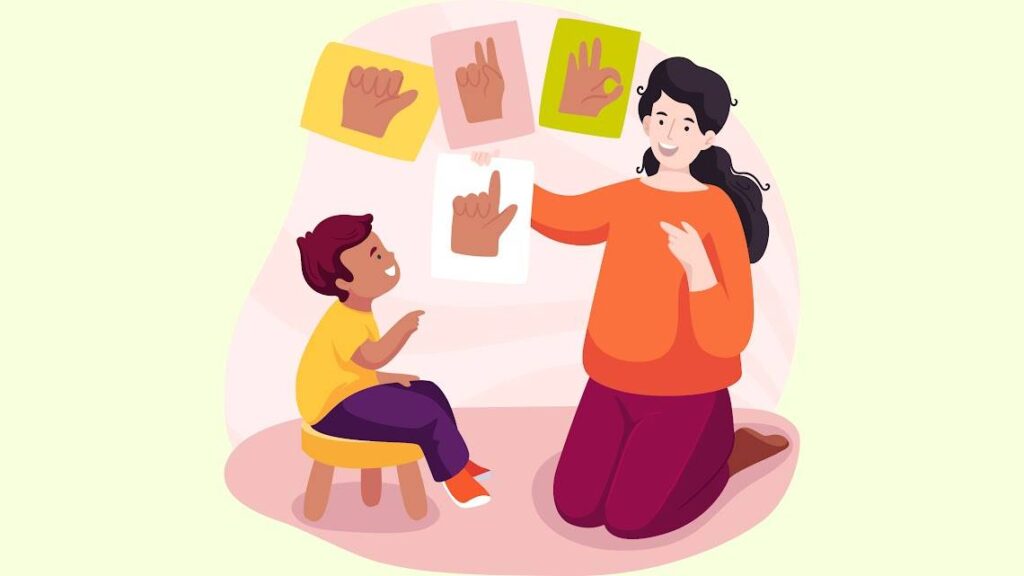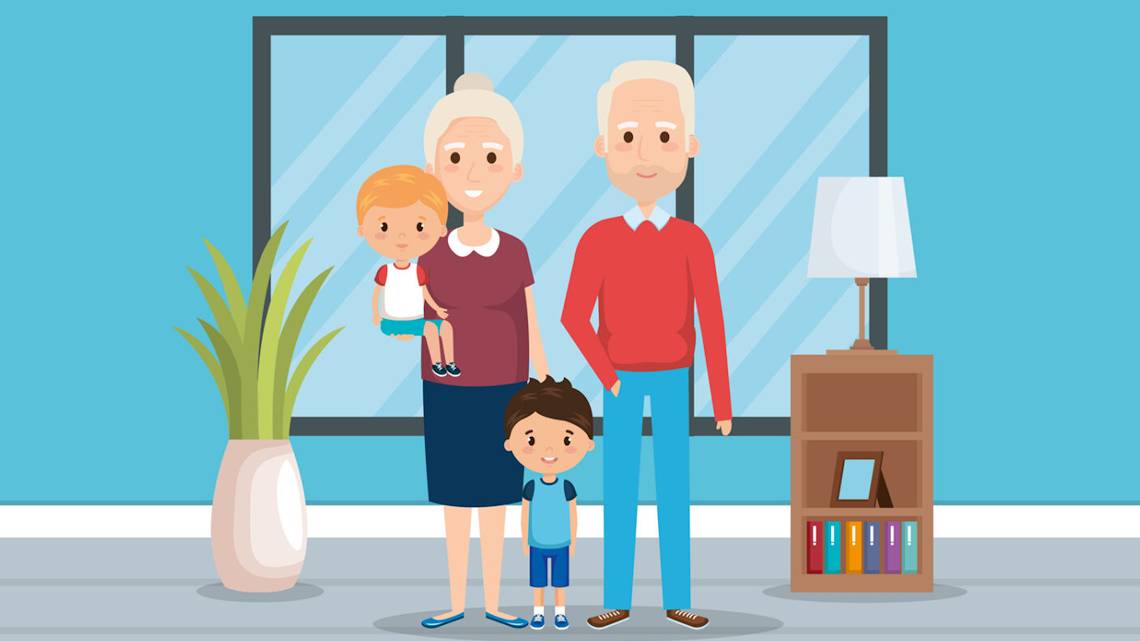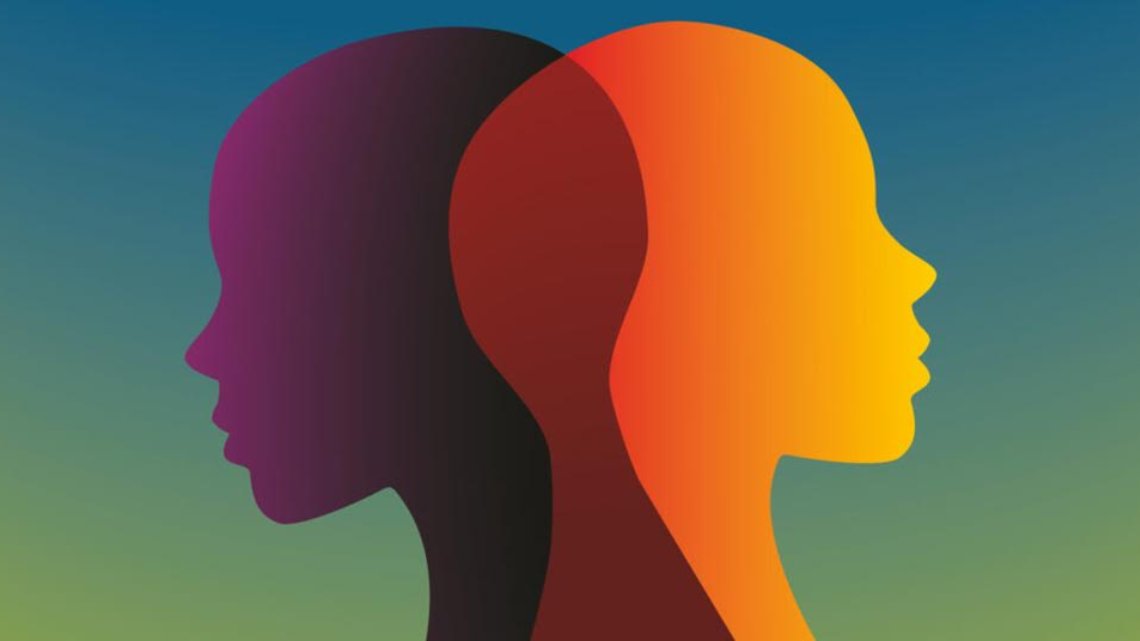
The World Infant, Child and Adolescent Mental Health Day was first initiated to highlight the importance of mental health, starting from the early years and going right up to adolescence. It advocates the promotion of mental well-being and prevention of mental health conditions in infants, children and adolescents.
Recognizing these needs, 4 organisations – the World Psychiatric Association Child and Adolescent Psychiatry Section (WPA-CAP), the International Society for Adolescent Psychiatry and Psychology, the International Association for Child and Adolescent Psychiatry and Allied Professions (IACAPAP), and the World Association for Infant Mental Health – came together and declared 23rd April as World Infant, Child and Adolescent Mental Health Day. This day serves as a global call to action to protect and nurture the mental health of our future generations.
Mental Health Risk and Protective Factors
A large number of factors determine how likely it is for an individual to develop mental health conditions in their later years and this starts from infancy. For infants and children, one of the major risk factors is inconsistent parenting leading to a resultant insecure attachment. Insecure attachment is linked to a variety of conditions such as depression, anxiety, substance abuse, emotional dysregulation, behavioral difficulties, etc. in the future. Other crucial predictors that take a toll on their mental well-being are neglect and abuse (physical, mental or emotional).
Moreover, having a parent with a mental illness (especially mothers) also increases the risk for infants and children. Other factors that expose infants to mental health issues include maternal stress, birth complications, malnutrition, economic deprivation, etc. Instead, consistent and supportive parenting, social support for parents (from family, community, and friends), breastfeeding, enriching interactions, cognitive and language stimulation, etc. contribute to improved outcomes.
Additional risk factors for children involve exposure to parental conflicts, harsh or critical disciplinary practices, violence (at home or in the community), physical illnesses or disabilities, poor opportunities for education, etc. To protect children against the risk of mental health conditions, stable and trusting relationships with caregivers, promotion of inclusion and engagement in schools, strong teacher-student relationships, safe neighbourhoods, support from the community, ability to make and maintain friends, encouragement of autonomy, consistency in disciplinary actions, etc. can prove to be highly effective and beneficial.
For adolescents, bullying and social exclusion prove to be the major indicators of mental health issues. Adolescence is the time for identity exploration and these factors, along with the pressure to conform and exposure to adversity, can contribute to stress during this period. Media influence and gender norms can widen the gap between an adolescent’s lived experiences and their perceptions or aspirations for the future, thereby increasing their distress. Exposure to violence particularly sexual violence harsh parenting practices, and severe socioeconomic challenges are also recognized as significant risks to an adolescent’s mental health.
Alternatively, emotional support and communication between family members acts as a buffer against impaired mental health. Supportive, trusting and mutual friendships, opportunities to participate in volunteering, sports, clubs and other structured activities, enhanced coping and problem-solving skills, ability to ask for help, etc. also help counterbalance the risks and pave a way for healthier mental development.

Warning signs
Recognizing the early warning signs of mental health conditions is crucial for timely support and intervention. In infants and toddlers, early warning signs may include persistent crying, restlessness, changes in sleeping habits, lack of weight gain, anxiety, fear, distress, gastric imbalances, incessant crying, limited interaction with the environment, and delayed developmental milestones such as language, motor skills, or social engagement.
In children, warning signs may include lack of concentration, extreme mood swings, harmful behaviours (towards self or others), changes in social engagement, frequent outbursts, changes in sleeping and eating habits, weight loss, restlessness, increase in physical complaints such as headaches or stomach aches, refusal to go to school or poor performance at school and drastic changes in behaviours or personality.
In adolescents, signs often include loss of interest in activities they once enjoyed or quitting that activity altogether, withdrawal from friends, family or community, academic struggles, notable changes in everyday patterns, frequent cancelling of plans without reason, refusal to talk or ask for help, signs of drug, alcohol or substance use, and signs of self-harm.
Conclusion
In conclusion, World Infant, Child and Adolescent Mental Health Day (WICAMHD) reminds us that every young life deserves a strong, nurturing start. By identifying warning signs early and building supportive environments at home, in schools, and in communities, we empower our children to overcome challenges and grow resilient. Our shared commitment to compassionate care and accessible mental health services ensures that no child faces these struggles alone, paving the way for brighter futures.
Photo Credits:
First image: freepik
Second image: freepik
References
Chung, R. J. (2024). Teen Mental health: How to know when your child needs help. HealthyChildren.org. https://www.healthychildren.org/English/ages-stages/teen/Pages/Mental-Health-and-Teens-Watch-for-Danger-Signs.aspx
National Institute of Mental Health (NIMH). (2024). Child and adolescent mental health. (2024). National Institute of Mental Health (NIMH). https://www.nimh.nih.gov/health/topics/child-and-adolescent-mental-health
Kieling, C., Baker-Henningham, H., Belfer, M., Conti, G., Ertem, I., Omigbodun, O., Rohde, L. A., Srinath, S., Ulkuer, N., & Rahman, A. (2011). Child and adolescent mental health worldwide: evidence for action. The Lancet, 378(9801), 1515–1525. https://doi.org/10.1016/s0140-6736(11)60827-1
Mayo Clinic. (2024). Mental illness in Children: Know the signs. Mayo Clinic. Retrieved April 22, 2024, from https://www.mayoclinic.org/healthy-lifestyle/childrens-health/in-depth/mental-illness-in-children/art-20046577
Skovgaard, A. M. (2010). Mental health problems and psychopathology in infancy and early childhood. Dan Med Bull, 57(10), B4193.
Stygar, K., MD. (2023). Infants have mental health needs, too. Mayo Clinic Health System. https://www.mayoclinichealthsystem.org/hometown-health/speaking-of-health/infants-have-mental-health-needs-too
IACAPAP. (n.d.). World Infant, Child and Adolescent Mental Health Day. IACAPAP. https://iacapap.org/events/world-infant-child-and-adolescent-mental-health-day.html

Sakshi
About the author
Sakshi is a clinical psychologist with a deep passion for understanding human behavior, a strong drive for research, and a keen eye for psychological intricacies. Committed to continuous learning, she seeks to explore every facet of psychology, from theory to practice, to better support and empower individuals. With a curiosity that fuels her pursuit of knowledge, she strives to bridge the gap between research and real-world applications, making psychology more accessible and impactful.
Recently Added
The journey of raising children comes with countless moments where they need our support and guidance. Whether our children are typically developing …
The World Infant, Child and Adolescent Mental Health Day was first initiated to highlight the importance of mental health, starting from the …
“My New Year’s resolution will be to exercise at least three times a week”, “this is my year where I am going …




